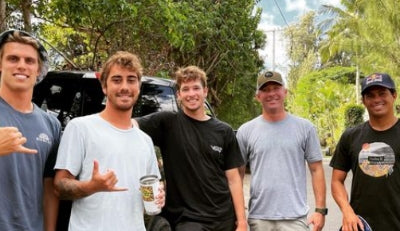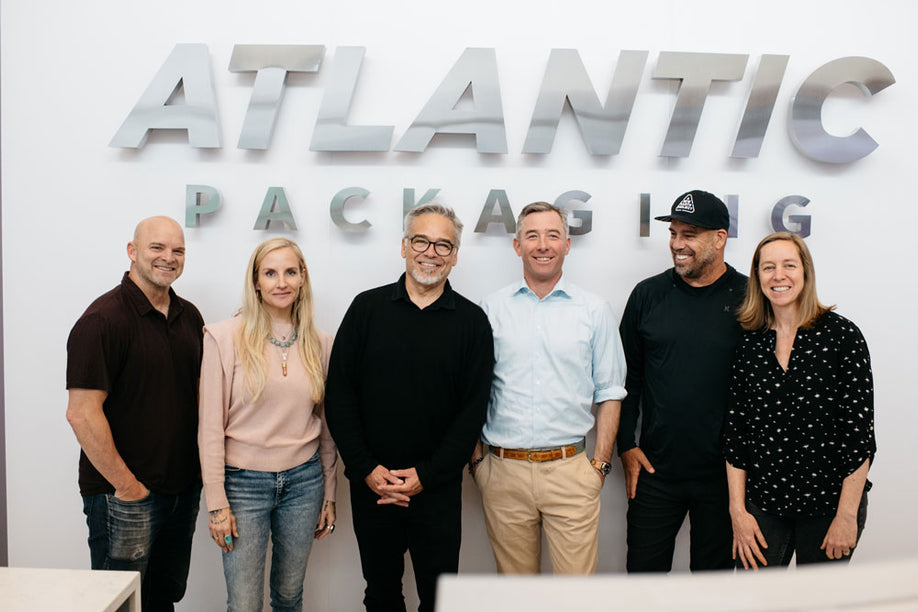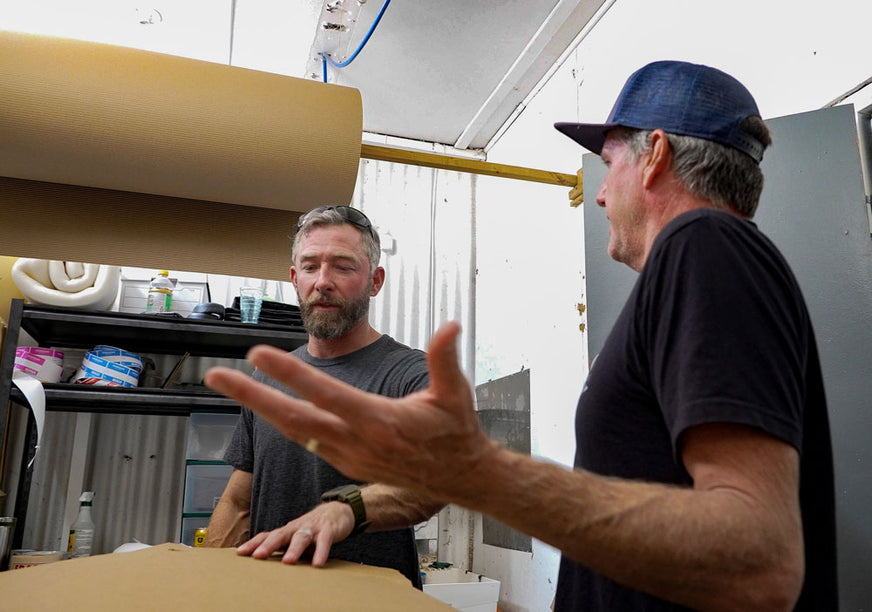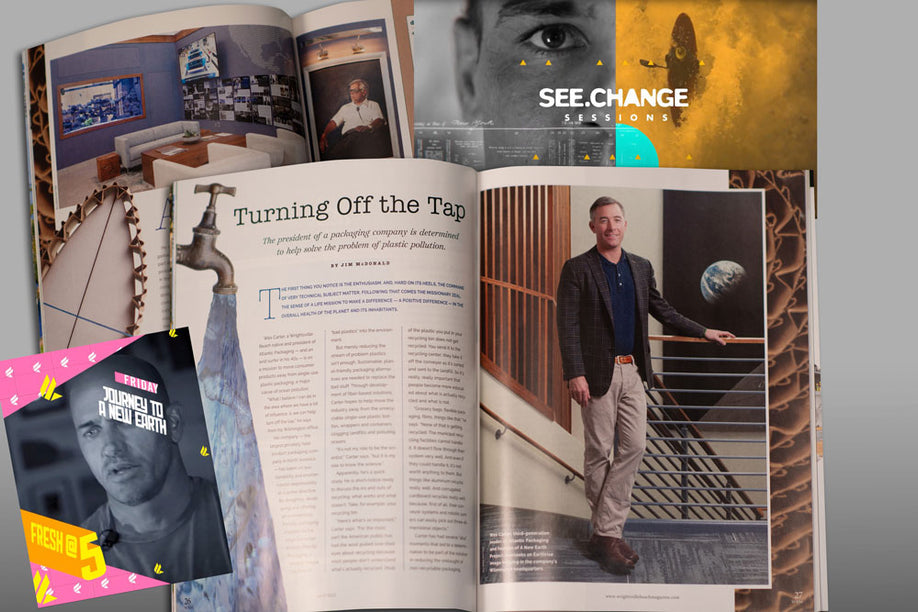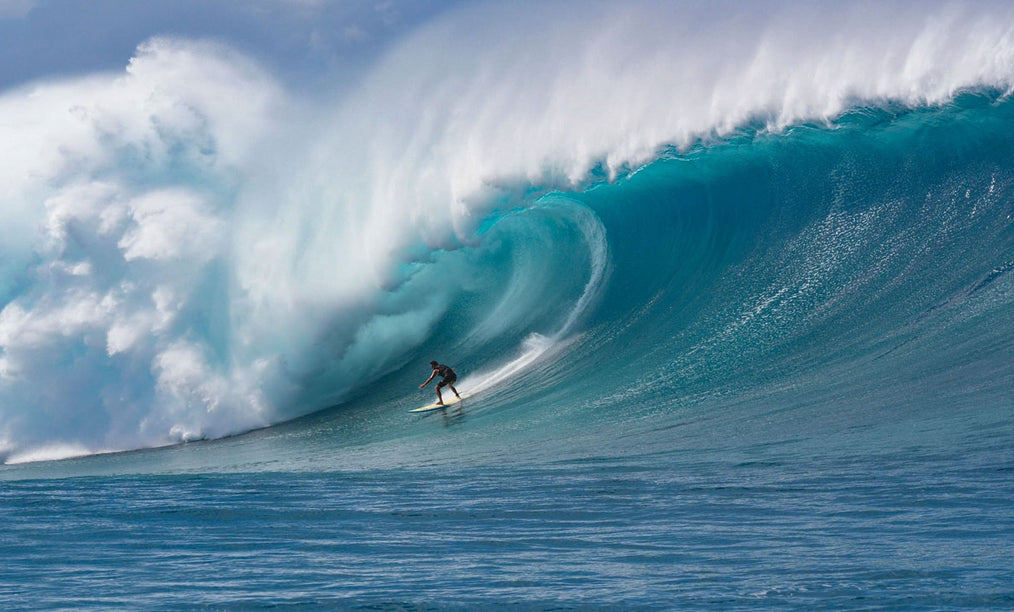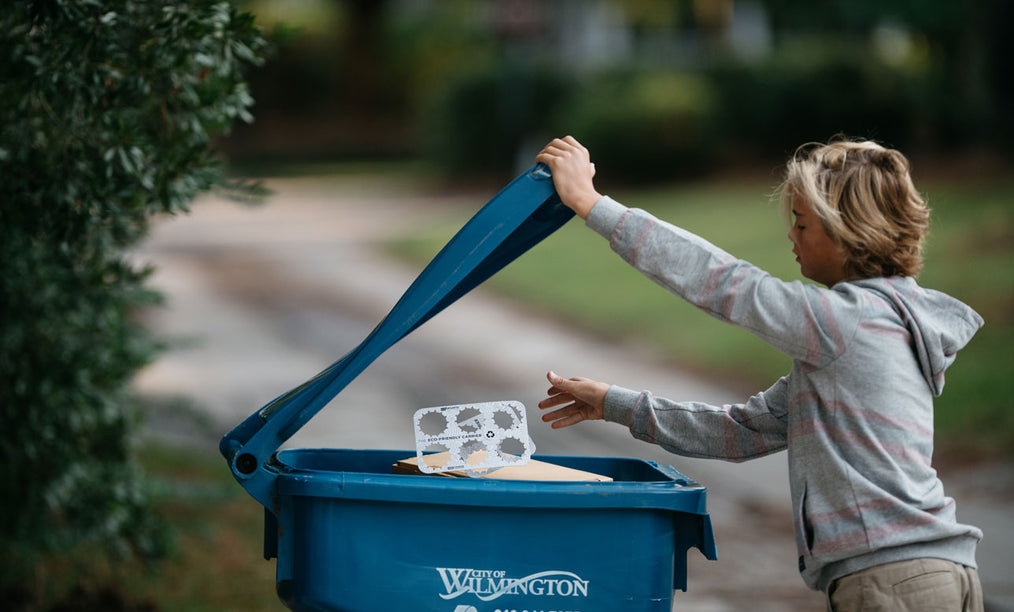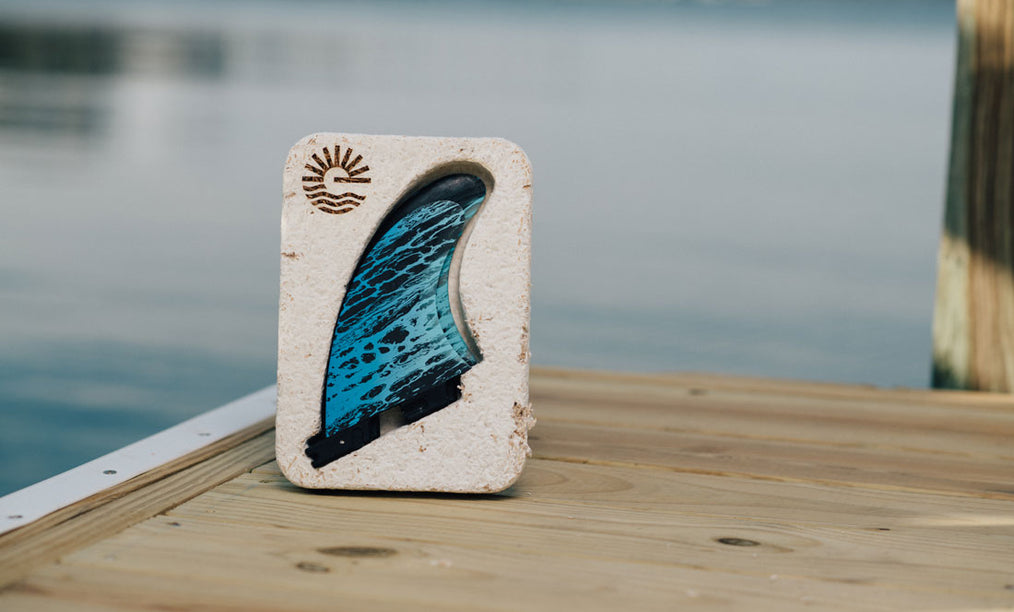 Waiting for governments to solve problems can be exhausting, frustrating, and often fruitless. Unfortunately, the same can often be said for relying solely on philanthropic efforts. However, a proactive new trend, venture philanthropy, is emerging, thanks to thought leaders like Brett Howell. The Howell Conservation Fund (HCF) is an organization that blends traditional philanthropy's principles with venture capital and entrepreneurship's strategies and techniques. By building and leveraging networks to address specific issues, and assessing the results, venture philanthropy aims to foster a more proactive approach, creating scalable and sustainable solutions.
Waiting for governments to solve problems can be exhausting, frustrating, and often fruitless. Unfortunately, the same can often be said for relying solely on philanthropic efforts. However, a proactive new trend, venture philanthropy, is emerging, thanks to thought leaders like Brett Howell. The Howell Conservation Fund (HCF) is an organization that blends traditional philanthropy's principles with venture capital and entrepreneurship's strategies and techniques. By building and leveraging networks to address specific issues, and assessing the results, venture philanthropy aims to foster a more proactive approach, creating scalable and sustainable solutions.
We spoke with Kirsten Midura, the Director of Operations at the Howell Conservation Fund, to learn more about their efforts and how they could potentially assist organizations like yours.
Kirsten, could you share with us how you became involved with HCF?
With my background in environmental science and a specialization in renewable energy, I have worked in various environmental sectors since the start of my career. Over the last few years, my focus has gradually shifted towards marine conservation, circular economy, and anti-plastic pollution.
Brett Howell and I first crossed paths in 2019 when he was preparing for an expedition to Henderson Island, located in the Pitcairn Islands - a remote island chain in the South Pacific severely impacted by the South Pacific Gyre.
 Henderson Island is completely uninhabited. A UNESCO World Heritage Site, it lies in the middle of the ocean and is home only to wildlife. The closest inhabited island is hundreds of miles away, to my understanding. The island is governed from New Zealand. Despite its remoteness, it has become a depository for the world's plastic pollution problem.
Henderson Island is completely uninhabited. A UNESCO World Heritage Site, it lies in the middle of the ocean and is home only to wildlife. The closest inhabited island is hundreds of miles away, to my understanding. The island is governed from New Zealand. Despite its remoteness, it has become a depository for the world's plastic pollution problem.
 In 2019, Brett led a team of scientists, journalists, and artists on an expedition to clean up Henderson Island. Even though he was already involved in environmental work, this expedition put HCF on the map. HCF's inaugural program was with the Loon Preservation Committee through the Lead Tackle Buyback Program, which aims to remove lead tackle from wild ecosystems in New Hampshire and the northeastern United States. The expedition also sparked partnerships with organizations like CRDC Global, the Center for Regenerative Design and Collaboration. They take plastic pollution, irrespective of its state of degradation, and convert it into a concrete additive for construction, thus replacing some virgin materials.
In 2019, Brett led a team of scientists, journalists, and artists on an expedition to clean up Henderson Island. Even though he was already involved in environmental work, this expedition put HCF on the map. HCF's inaugural program was with the Loon Preservation Committee through the Lead Tackle Buyback Program, which aims to remove lead tackle from wild ecosystems in New Hampshire and the northeastern United States. The expedition also sparked partnerships with organizations like CRDC Global, the Center for Regenerative Design and Collaboration. They take plastic pollution, irrespective of its state of degradation, and convert it into a concrete additive for construction, thus replacing some virgin materials.
If cleaning Henderson Island put HCF on the map, would it be correct to assume you're now looking at ways to tackle the root causes of the problem?
Yes, Henderson Island serves as a prime example. Just last year, an article highlighted the staggering amount of plastic that had accumulated since our beach cleanup. These cleanups, particularly those in the middle of the South Pacific, are expensive and challenging to execute.
 To address this, we are diversifying our partners throughout the waste stream and the supply chain, to facilitate solutions coming from further upstream and addressing the problem at its source.
To address this, we are diversifying our partners throughout the waste stream and the supply chain, to facilitate solutions coming from further upstream and addressing the problem at its source.
Our approach ranges from hyper-local to global solutions. We use what we call a catalytic fund to collaborate with philanthropies. This central fund identifies smaller organizations and startups that could make good partners. We then utilize these catalytic funds to inject smaller, or sometimes larger, amounts of funding into these organizations, enabling them to pilot different programs that could attract further funding down the line. This is essentially venture philanthropy.
So the core of HCF's mission is to assist others in amplifying and scaling their good work?
Exactly. We position ourselves at the intersection of philanthropy, business, and nonprofits. We operate with the heart of a nonprofit, the mind of a business, and the network of a philanthropy, acting as a central connector for different organizations.

Could you share some examples that illustrate what a successful partnership looks like?
CRDC Global, our partner, is a great example. Our partnership with them began on Henderson Island, and they recently launched two new facilities, one in Costa Rica and one in York, Pennsylvania.
The Loon Preservation Committee, our first formal partner, has a lead tackle buyback program. In recent years, other programs in neighboring states have been modeled on the LPC's success, which we helped initiate.
With no shortage of 501c3s and others seeking catalytic funds, what types of organizations is HCF really keen on partnering with?
"We operate with the heart of a nonprofit, the mind of a business, and the network of a philanthropy, acting as a central connector for different organizations."
That's an excellent question. At present, we're actively seeking new partnerships and funding channels. We are particularly interested in the environmental sector, where we can provide support.
The areas we've previously explored involve marine conservation and the circular economy - anything associated with turning what we currently consider as waste into something valuable. This can involve upcycling or reintroducing the waste back into the market, effectively reducing the use of virgin resources.
Whether it's curbing plastic pollution at the onset, developing products that divert materials from the waste stream, or cleaning up beaches and the like, we're open to various projects. However, our core passion lies in marine environments, including oceans, rivers, and lakes.

We're currently in networking mode, actively building relationships with cohorts and organizations working to connect people. Even if a project doesn't qualify for one of our grants or aligns directly with our funders' mission, we believe in the power of collaboration. The world is shrinking, and the more we can work together, the more progress we can make. Collaboration is a core tenet of our organization, and forging connections is what we're all about.
